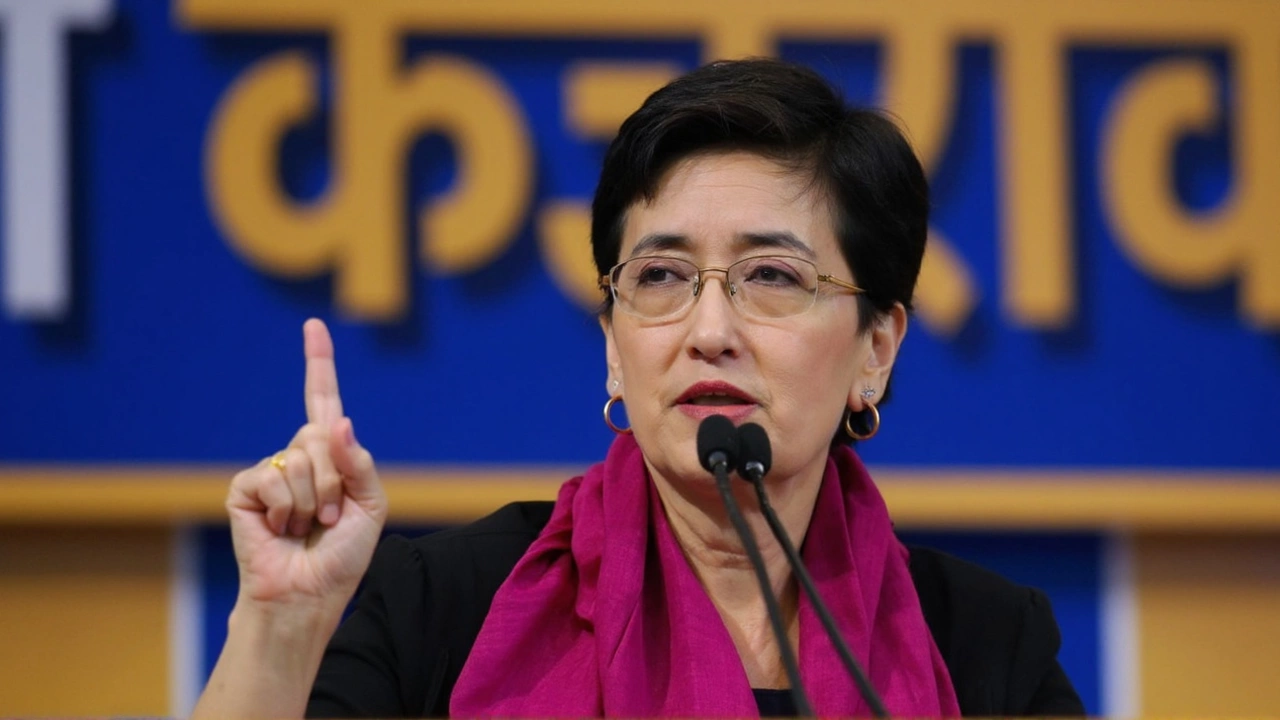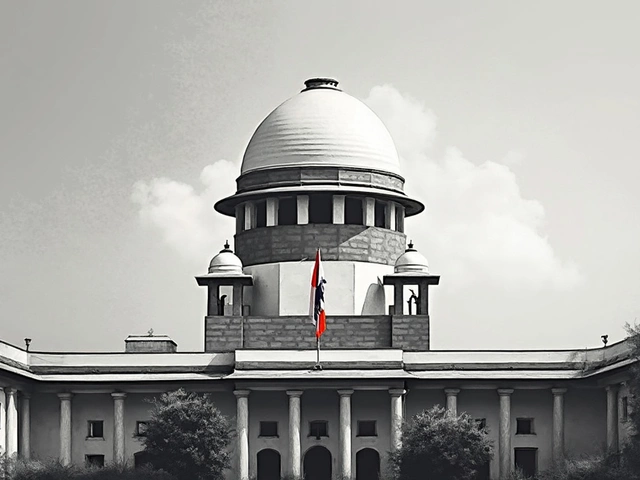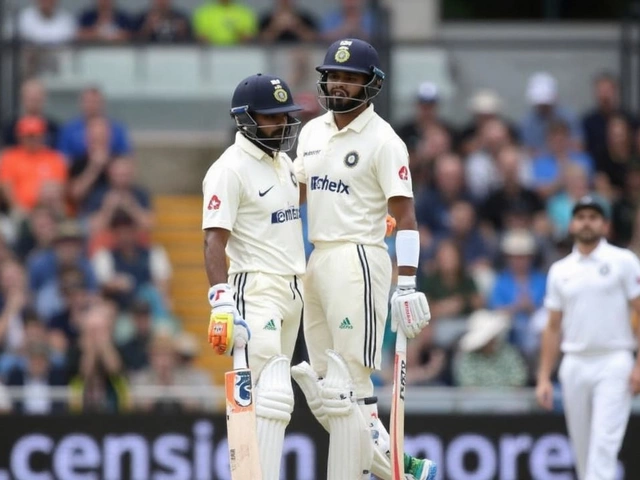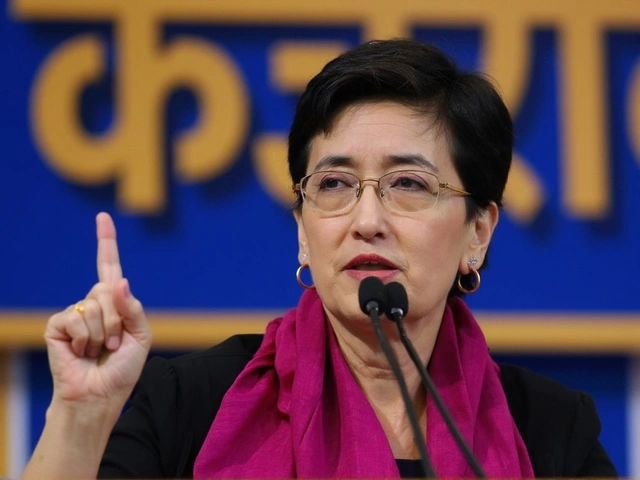The 2025 Delhi Assembly elections have thrown up some unexpected results, with Aam Aadmi Party (AAP) leader and interim Chief Minister Atishi making a significant impact by winning the Kalkaji constituency. Her victory, with a margin of over 3,000 votes against the Bharatiya Janata Party’s (BJP) Ramesh Bidhuri, stands out amidst a backdrop of shifting political tides.
Despite Atishi's individual success, the overall scenario for the AAP presents a more complex narrative. The BJP, in a first since these elections commenced, managed to surpass the 40-seat majority mark, energizing their ranks and giving them a momentous advantage. Meanwhile, AAP found itself lagging behind in several key areas, signaling potential challenges on the horizon.
Political Dynamics in Play
One of the pivotal points of the elections was the performance of former Chief Minister Arvind Kejriwal. He trailed in the New Delhi constituency, facing stiff competition from BJP’s Parvesh Verma and Congress’s Sandeep Dikshit. This defeat marks a major shift, as Kejriwal had previously been a central figure in Delhi’s political landscape.
Adding to the narrative, Manish Sisodia, another AAP stalwart, also struggled in his constituency. These setbacks were highlighted by Anil Singhvi, a seasoned analyst and Zee Business Editor, who discussed the symbolic nature of these defeats compared to Atishi’s isolated triumph. Singhvi pointed out that Atishi’s win in Kalkaji symbolized a pocket of AAP's resilience, yet it couldn’t mask the broader challenges the party faced.
The BJP’s upswing is largely credited to its aggressive campaigning and a noticeable switch in voter sentiment. Their strategic messaging appears to have resonated with a larger section of the populace, allowing them to seize the majority in the assembly.
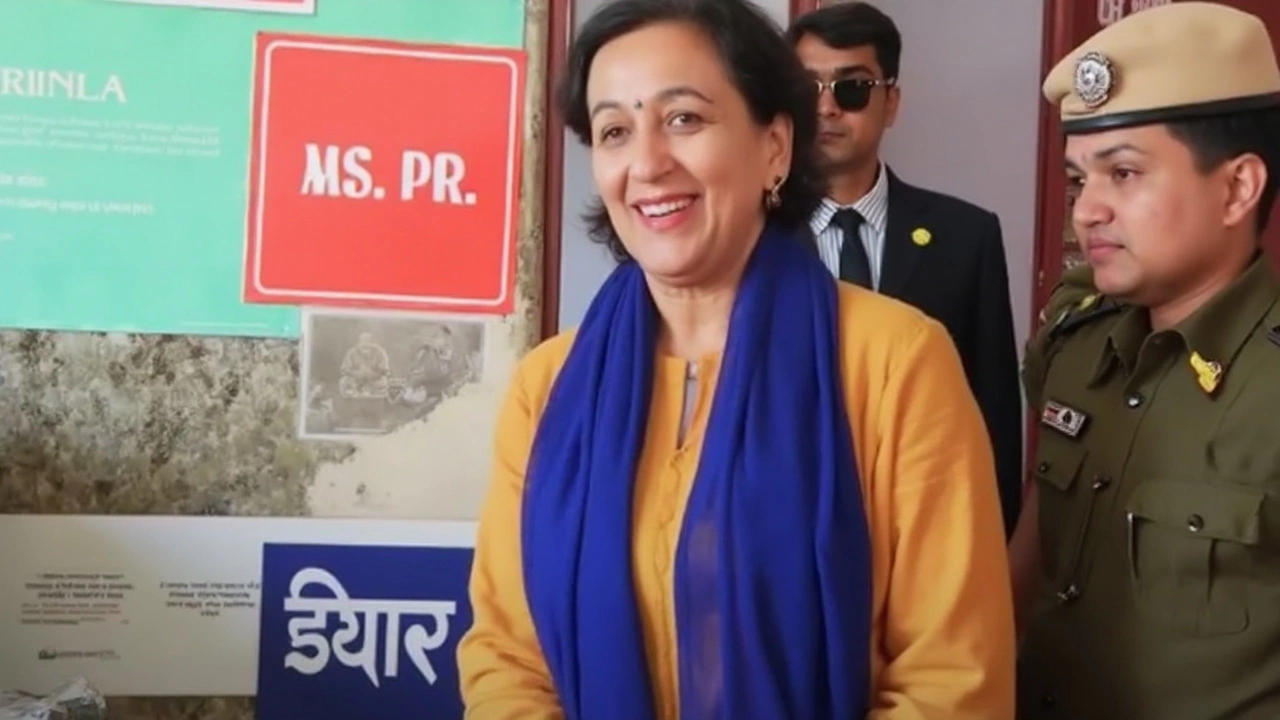
What Lies Ahead for AAP?
The recent elections have not only highlighted the nimbleness of the BJP’s strategy but also raised significant questions regarding AAP's direction moving forward. Singhvi emphasized AAP's need for introspection, especially concerning its leadership strategy and potential recalibration to reconnect with their voter base.
This election cycle presents a turning point for Delhi politics, with the electorate’s shifting preferences signaling that change is a constant. The AAP, under the interim leadership of Atishi, might need to reassess its approach, especially as it aims to reclaim lost ground and re-establish its hold on the city’s political scenario.
In this dynamic setting, the political chessboard of Delhi continues to evolve, leaving both parties and voters speculating on the messages narrated through ballot boxes. How AAP responds to these events will shape its prospects in ensuing political battles.
